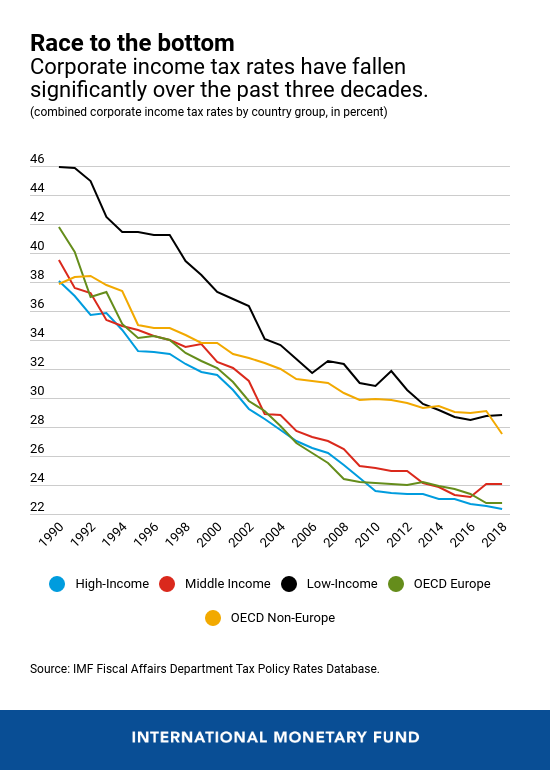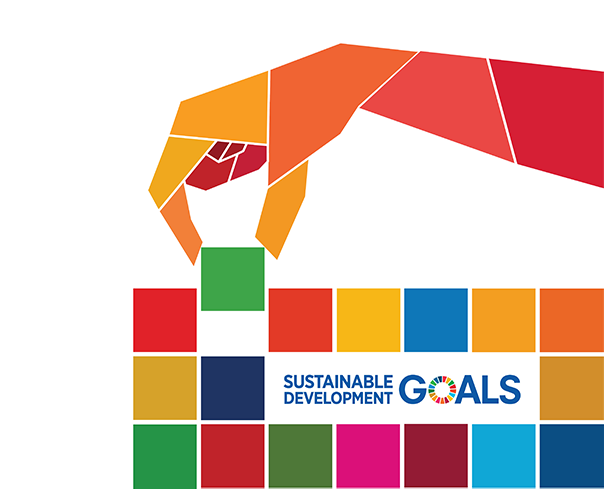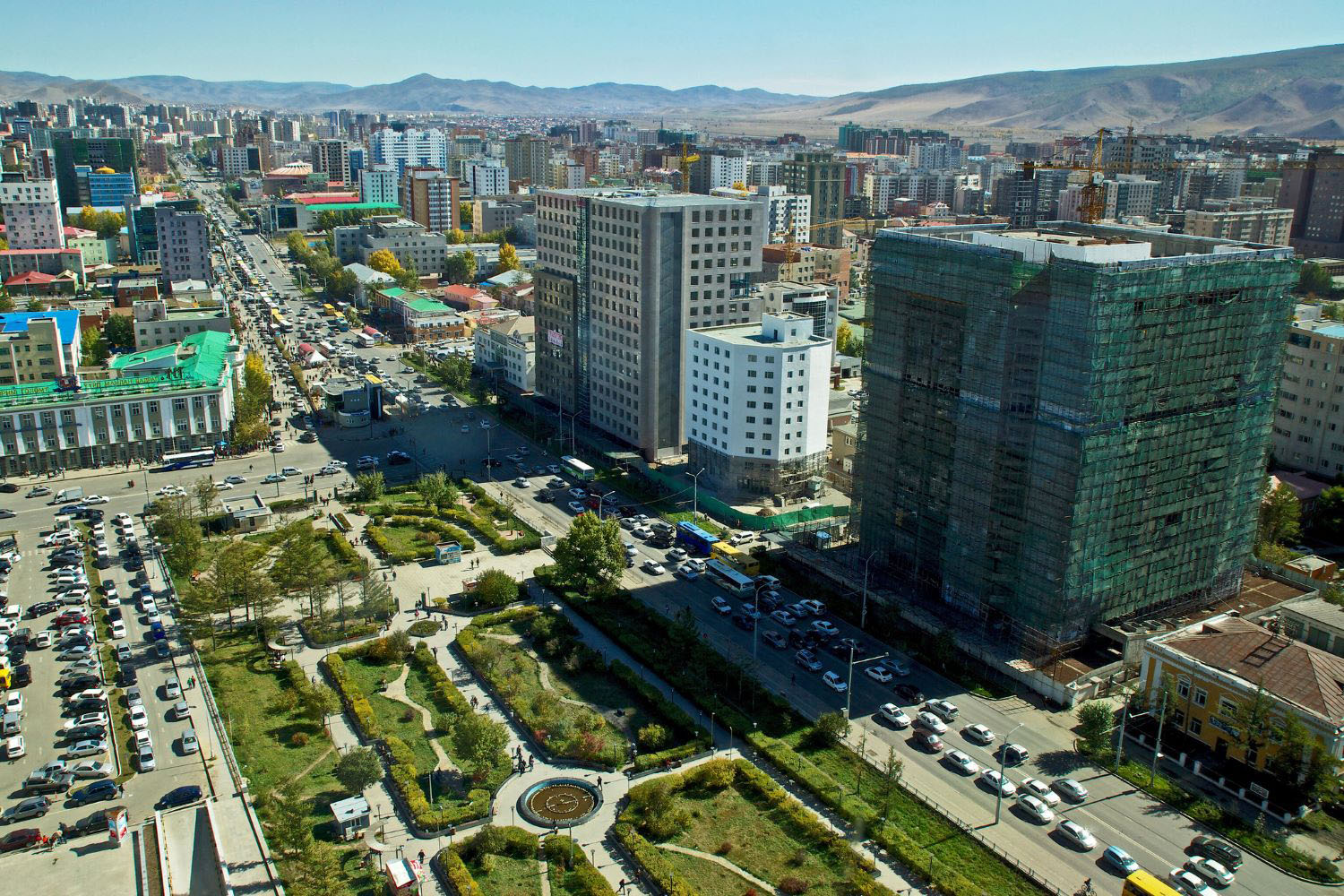Recommended
For those who care about the mobilization of private finance for development, channeling a much larger volume and share of the trillions of dollars of global institutional investment, including from pension funds, into Sustainable Development Goal (SDG)-related investment in emerging markets (EMs) might be described as the holy grail.
Very few of these flows now goes to EMs, even less to poorer countries and regions. Our forthcoming study of public private infrastructure investment in sub-Saharan Africa finds, for example, that external and local institutional investors financed about 1 percent of annual infrastructure transactions that reached financial closure for 2018-2020.
That’s why the recent move by the largest Dutch pension fund, APG, to invest in a fund for SDG-related investment in EMs, ILX Fund, is so significant. The initial funding is small so far, $750 million, but the investment model is robust and highly scalable. The externally managed ILX Fund plans to raise more funds to reach a target size of $1 billion.
The structure and model are relatively simple. ILX Fund will lend to selected projects developed by multilateral development banks (MDBs) and development finance institutions (DFIs) that support achievement of the SDGs in EMs. Sectors of interest include energy access and clean energy, sustainable industry and infrastructure, inclusive finance, and food security, which gives the Fund a wide range of diversified sectoral opportunities. SDG-related investments in these sectors are, of course, central to MDB/DFI mandates.
ILX Fund will participate in MDB/DFI syndicated loans as B loan partners, with the MDB/DFIs providing A loans on their own balance sheets. MDBs/DFIs are the lender of record for both A and B loans under syndications. The B loan partners are therefore the beneficiaries of three MDB/DFI advantages: strong SDG-related project origination and safeguards, well-established SDG results measurement, and protections stemming from MDB/DFI relationships with governments in recipient countries. If project risks are related to government action or inaction, for example, as is often the case for infrastructure projects, MDBs/DFIs can and do engage in ways that promote resolution of policy and regulatory problems.
The financial returns are projected to be moderate but predictable—in the range of LIBOR plus 150 to 800 basis points. With the risk mitigation that comes from partnering with MDBs/DFIs, APG clearly finds the risk-adjusted returns attractive.
So everyone wins:
-
The MDBs and DFIs which are eager to scale their limited results in mobilizing private finance;
-
Pension funds that seek a more diversified portfolio with acceptable risk and greener and more socially beneficial investments, responding to growing stakeholder preferences for such investments; and
-
Recipient EMs that would otherwise be deemed too risky by pension funds at home as well as abroad.
A Breakthrough Model?
The questions that may be forming in your mind may well be: why aren’t more pension funds pursuing the same strategy, and why has it taken so long for this strategy to emerge? I would suggest that this initiative helps solve two central obstacles that stood in the way until now.
First, the data on the financial performance, including default rates, of MDB/DFI investments are not available to most private investors. So there is a general ignorance about their track records, which fosters the suspicion that MDB/DFI transaction risks are unacceptably high and risk-adjusted returns unacceptably low for commercial investors. In fact their default rates are better than high-yield bonds and their recovery rates are better than EM corporate bonds. Their track records conclusively demonstrate that investing with developing impact in EMs does not mean a loss-making portfolio.
The ILX Fund obtained access, after much delay, to the Global Emerging Markets database which covers the track record of many MDBs/DFIs over a substantial time period. This information armed them with hard evidence that risk-adjusted returns met APG goals. As I and others have argued, if the MDBs/DFIs would make this information available (with appropriate protections against disclosure of information for individual transactions or violations of business confidentiality), it would in and of itself make and expand markets and help crowd in new private investors. In particular, it would build the interest of large global investors looking for SDG-related opportunities at scale in EMs and poor countries.
Second, it helps address the frequently cited “pipeline” problem. Many lament the lack of investment opportunities and difficult investment environments in these countries: the oft-repeated assertion is that it’s not the supply of finance but the supply of projects that is the problem. Most partnerships between private investors and MDBs/DFIs occur at the transaction- or individual institution-level. The Managed Co-Lending Portfolio Program, MCPP, is one example of a successful syndication lending platform offering co-financing opportunities to institutional and other investors. But the project pipeline comes from one institution, the International Finance Corporation (IFC). The ILX Fund instead offers access to a range of MDBs and DFIs—including the Asian Development Bank, the African Development Bank, the European Bank for Reconstruction and Development, IDB Invest, IFC, and FMO, the Dutch development bank—with the intention of adding others over time. That expands the transaction pipeline and offers geographic diversification. And it holds out the possibility of a race to the top as MDBs/DFIs compete for funds based on potential returns and SDG impact (as envisioned in this proposal). ILX Fund also gives APG the opportunity to select and control the composition of investments, as compared to the MCPP model in which investors passively invest in a portfolio of eligible IFC projects.
Some, including the G20, have urged creation of a pool of MDB/DFI SDG investments that attracts institutional investors. That has not happened. Instead the ILX Fund takes the opposite approach. It creates a pool of investment funding that attracts MDBs/DFIs. It therefore avoids the problems of harmonizing project standards and asset types and terms across MDBs/DFIs.
What are the risks to this model? Most fundamentally, success depends on scaling the MDB pipeline for private investment in SDGs. That will require more finance, coupled with expanded support for project development and for stronger policies and institutions that open up investment opportunities.
But it also depends on whether MDBs are prepared to make space for large-scale participation in their transactions. Ideally, the model would offer the prospect for MDBs to take on larger, more impactful transactions that exceed their own risk tolerance. But in the past, private banks have complained that syndicated lending opportunities offer too little space as MDBs seek to capture returns for their own balance sheets. Syndication potential suffered from competition between the MDBs and commercial banks for shares of the transaction pie, as well as different transaction design preferences between MDBs and commercial banks. That should be less of an issue for institutional investors that are not directly competing for banking business, but there is still a need for MDBs to increase the focus and priority they place on mobilization relative to volume on their own accounts. MDB shareholders, which want MDBs to use their capital more catalytically, need to reinforce this shift, recognizing that it has implications for the MDB financial model itself.
It will be important for MDBs/DFIs to balance transaction size considerations with their push—in line with shareholder priorities—into poorer markets. That often means smaller and riskier transactions. But if the transaction performance data were more widely available, it may well show that risk-adjusted returns in such markets are not systematically lower than in larger, higher-income markets.
One other significant aspect of this Fund is striking. This is not blended finance in the sense most commonly used: a blend of commercial and concessional financing. The ILX Fund has no concessional partner that takes risk off the balance sheets of institutional investors, and these will not generally be investment-grade assets. APG is demonstrating that it is serious about devoting a part (admittedly small for now) of its portfolio to supporting the SDGs in the developing world where the SDG finance gaps are the greatest. Other pension funds: take note.
Nancy Lee is a senior policy fellow at the Center for Global Development and a member of the ILX Advisory Group.
Disclaimer
CGD blog posts reflect the views of the authors, drawing on prior research and experience in their areas of expertise. CGD is a nonpartisan, independent organization and does not take institutional positions.







